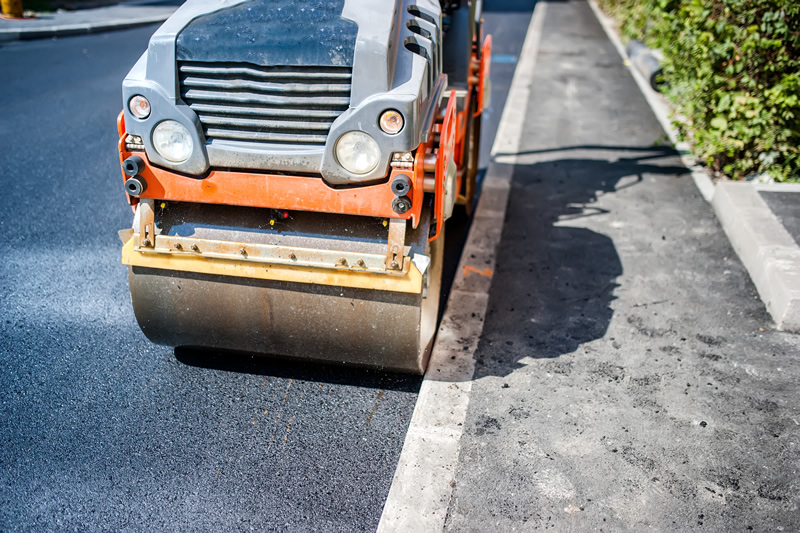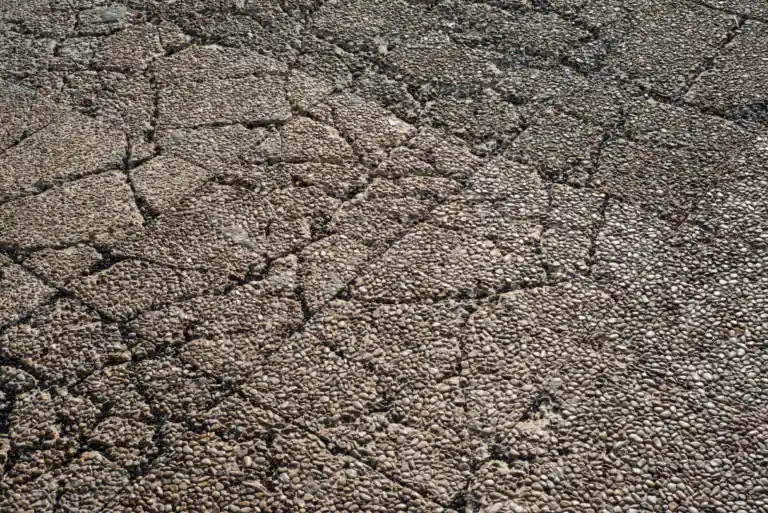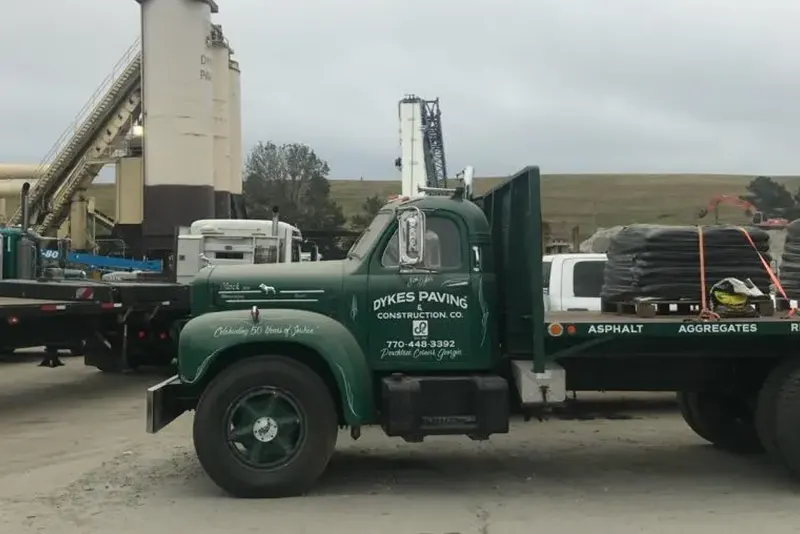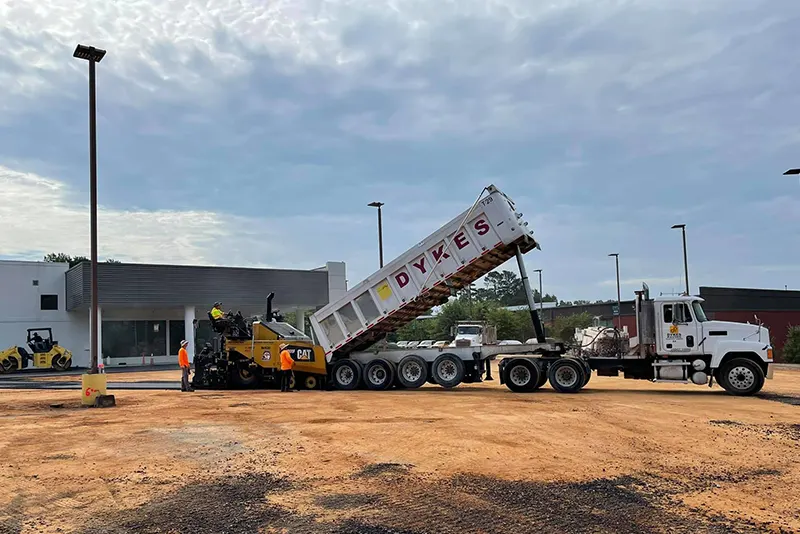Asphalt occurs naturally as rock asphalt that is a mixture of sand, limestone and asphalt and also occur in asphalt lakes. Today, most of the asphalt comes from crude oil as a by-product of the refinery of crude oil. Today, over ninety percent of US roads are made of a mixture of asphalt and other materials.

The use of asphalt started thousands of years before the founding of USA. Mesopotamians are credited as the first to use asphalt to waterproof temple baths and water tanks. It was also used by Phoenicians to waterproof their merchant ships. Asphalt was first used for road building in Babylon at around 625 BC. The Romans took up the road system from Carthaginians and built roads for easier travel by the military.
Asphalt Roads in Modern History
John Metcalf, an Englishman was built the first asphalt roads in Yorkshire in late 1700’s. He built about a hundred and eighty miles. Later on, in early 1800’s, Thomas Telforld built over nine hundred miles of roads in Scotland. This art was perfected by John Loudon Macadam, who used broken stones and asphalt to construct his roads. This method was adopted by builders that led to the name ‘tarmacadam’ shortened as ‘tarmac’ pavements
Asphalt Roads in America
In 1870, a Belgian chemist, Edmund J DeSmedt, laid the first asphalt pavement in US at Newark. He later used fifty four thousand square yards of sheet asphalt from Trinidad Lake to pave Pennsylvania Avenue in Washington. In the same year, Cummer Company opened hot mix production facilities. The following year, 1871, Nathan. Abbott of Brooklyn, N.Y filed the first asphalt patent.
In 1900, a patent for ‘Bitulithic’ pavement was filed by Frederick J. Warren. It was a mixture of bitumen and aggregate. The name Bitulithic was derived from ‘bitumen’ and ‘lithos’ a Greek word for rock. In 1901, Warren Brothers built the first asphalt facility in East Cambridge, Mass.
By 1907, asphalt from refined petroleum has outstripped natural asphalt by both production and usage. Automobiles became increasingly popular increasing demand for more and better pathways and roads. This in turn led to a number of innovations in asphalt laying. There were also strides made towards mechanization with introduction of drum mixers, concrete mechanical spreaders and asphalt laying machines. Asphalt technology continued improving, more so during World War II in 1942. This was driven by the need for a better surface that could hold the heavy loads of military aircraft and its cargo.
In 1955,road construction firms formed The National Bituminous Concrete Association, a forerunner of National Asphalt Pavement Association.(NAPA). It main mandate was to undertake a quality improvement program. In its execution, the association sponsored asphalt testing in private testing labs and at universities.
In 1956, the Congress passed the Interstate Highways Act. It allotted fifty one billion dollars to states to construct roads. This greatly improved road construction technologies since contractors required better and bigger equipment. Machinery such as electronic leveling controls, extra-wide finishers and vibratory steel wheel rollers have since been manufactured.
There was a national energy crisis in 1970’s that led to a rethinking of natural resource conservation. Today, asphalt is one of the most recycled materials with over seventy million metric tons recycled every year.
In 1986, The National Centre for Asphalt Technology was established by NAPA. It continues to test and improve asphalt. It is now a leading asphalt research center. From year 2002, asphalt is no longer considered a hazardous air pollutant by the EPA.









